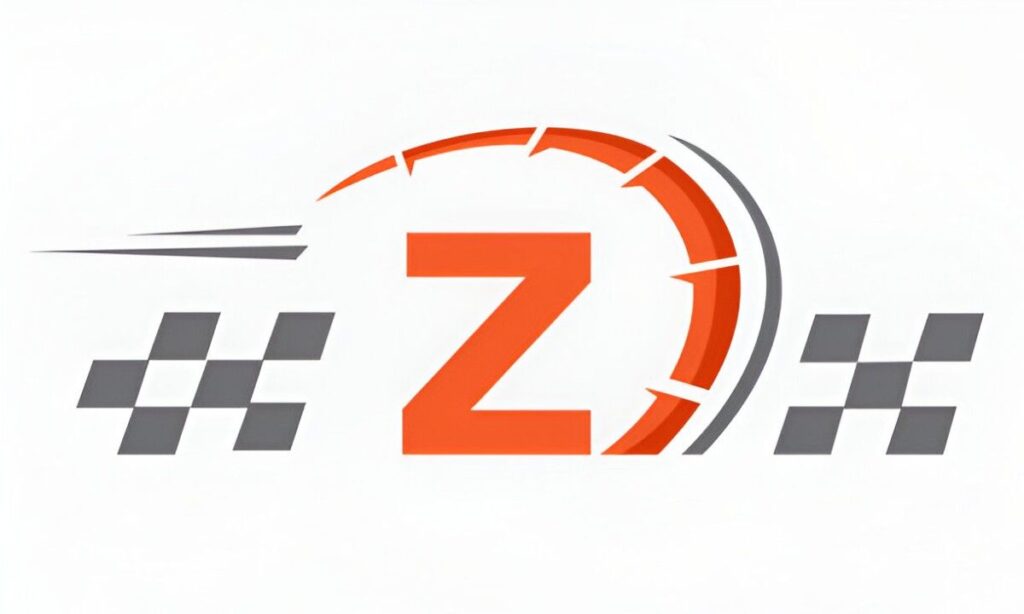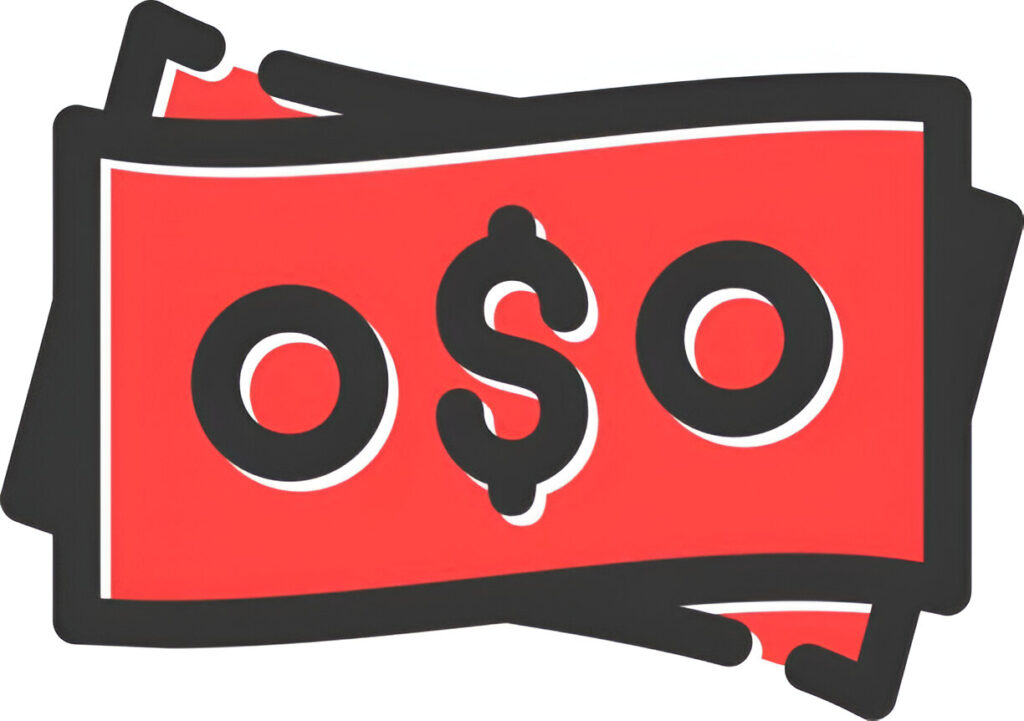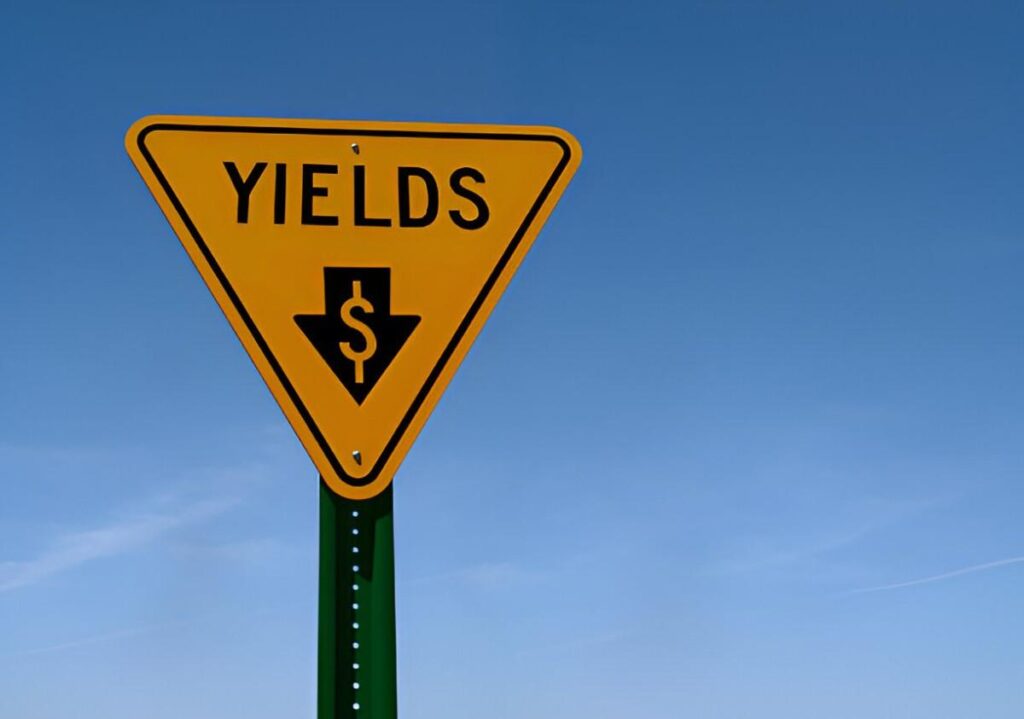Automated trading has reshaped modern financial markets, and program trading stands at its core. If you’ve ever wondered how hedge funds and institutional investors execute complex strategies at lightning speed, this guide will demystify the mechanics behind it. I’ll walk you through the fundamentals, mathematical models, and practical applications of program trading—without the jargon overload.
Table of Contents
What Is Program Trading?
Program trading refers to the use of computer algorithms to execute large-volume trades based on predefined conditions. Unlike manual trading, where decisions rely on human judgment, program trading automates the entire process—entry, exit, and risk management. The New York Stock Exchange (NYSE) defines program trading as the simultaneous purchase or sale of at least 15 stocks with a total value exceeding $1 million.
Why Program Trading Matters
The rise of high-frequency trading (HFT) and quantitative investing has made program trading indispensable. According to the SEC, over 50% of daily U.S. equity trading volume comes from algorithmic strategies. Retail traders now have access to similar tools, thanks to platforms like MetaTrader, QuantConnect, and Interactive Brokers.
Core Components of Program Trading
A robust program trading system consists of three key elements:
- Strategy Design – The logic that dictates when to buy or sell.
- Execution Engine – The software that places orders in the market.
- Risk Management – Rules to limit losses and protect capital.
Strategy Design: Building the Foundation
Every automated strategy begins with a hypothesis. For example:
“If a stock’s 50-day moving average crosses above its 200-day moving average (Golden Cross), it signals a bullish trend.”
We can formalize this in a simple mathematical rule:
Buy\:Signal = \begin{cases} True & \text{if } MA_{50} > MA_{200} \ False & \text{otherwise} \end{cases}Where:
- MA_{50} = 50-day moving average
- MA_{200} = 200-day moving average
Example: Moving Average Crossover Strategy
Let’s say Apple (AAPL) has the following moving averages:
- MA_{50} = \$170
- MA_{200} = \$165
Since 170 > 165, the algorithm triggers a buy order.
Execution Engine: Turning Logic into Trades
Once a signal is generated, the execution engine handles order placement. Key considerations include:
- Order Type (Market, Limit, Stop)
- Slippage Control (Minimizing price deviations)
- Latency (Speed of execution)
Brokers like Alpaca and TD Ameritrade offer API integrations for seamless execution.
Risk Management: Protecting Your Capital
No strategy works 100% of the time. Effective risk controls include:
- Position Sizing – Allocating a fixed percentage of capital per trade.
- Stop-Loss Orders – Automatically exiting losing trades.
- Drawdown Limits – Halting trading after a certain loss threshold.
A common position sizing formula is the Kelly Criterion:
f^* = \frac{bp - q}{b}Where:
- f^* = fraction of capital to bet
- b = net odds received (profit/loss ratio)
- p = probability of winning
- q = probability of losing (1 - p)
Example: Applying the Kelly Criterion
Suppose a strategy has:
- Win probability (p) = 60%
- Profit/loss ratio (b) = 2:1
Then:
f^* = \frac{(2)(0.6) - 0.4}{2} = 0.4This means you should risk 40% of your capital per trade—though most traders use a fraction (e.g., half-Kelly) to reduce volatility.
Popular Program Trading Strategies
Below are three widely used automated strategies:
| Strategy | Description | Pros | Cons |
|---|---|---|---|
| Mean Reversion | Bets prices will revert to historical averages. | Works well in range-bound markets. | Struggles in strong trends. |
| Momentum Trading | Follows trends by buying highs and selling higher. | Captures large price moves. | Prone to false breakouts. |
| Arbitrage | Exploits price differences between markets. | Low-risk if executed properly. | Requires ultra-fast execution. |
Mean Reversion in Detail
Mean reversion assumes that asset prices oscillate around a long-term average. A common implementation uses Bollinger Bands:
Upper\:Band = MA_{20} + 2 \times \sigma_{20} Lower\:Band = MA_{20} - 2 \times \sigma_{20}Where:
- MA_{20} = 20-day moving average
- \sigma_{20} = 20-day standard deviation
Trading Rule:
- Buy when price touches the lower band.
- Sell when price touches the upper band.
Example: Trading SPY with Bollinger Bands
Assume SPY’s current stats:
- MA_{20} = \$400
- \sigma_{20} = \$10
Bands are calculated as:
- Upper Band = 400 + 2 \times 10 = \$420
- Lower Band = 400 - 2 \times 10 = \$380
If SPY drops to $380, the algorithm buys, expecting a rebound.
Backtesting: Does Your Strategy Work?
Before risking real money, backtesting evaluates performance using historical data. Key metrics include:
- Sharpe Ratio – Risk-adjusted returns:
Where:
- R_p = portfolio return
- R_f = risk-free rate (e.g., Treasury yield)
- \sigma_p = portfolio volatility
A Sharpe Ratio above 1.0 is acceptable; above 2.0 is excellent.
Pitfalls of Backtesting
- Overfitting – A strategy works on past data but fails in live markets.
- Survivorship Bias – Ignoring delisted stocks inflates returns.
- Look-Ahead Bias – Using future data unintentionally.
Implementing Program Trading: A Step-by-Step Guide
- Choose a Platform – Popular options include:
- QuantConnect (Python/C#)
- MetaTrader (MQL4/MQL5)
- TradingView (Pine Script)
- Code Your Strategy – For example, a simple moving average crossover in Python:
“`python
Python example using backtrader
import backtrader as bt
class SmaCross(bt.Strategy):
params = ((‘fast’, 50), (‘slow’, 200))
def __init__(self):
sma_fast = bt.ind.SMA(period=self.p.fast)
sma_slow = bt.ind.SMA(period=self.p.slow)
self.crossover = bt.ind.CrossOver(sma_fast, sma_slow)
def next(self):
if not self.position:
if self.crossover > 0:
self.buy()
elif self.crossover < 0:
self.close() “`
- Run Backtests – Validate performance across different market conditions.
- Deploy Live – Start with small capital to monitor real-world behavior.
Regulatory and Ethical Considerations
The SEC and FINRA oversee program trading to prevent market manipulation. Key rules include:
- Order-to-Trade Ratio (OTR) Limits – Prevents excessive cancellations.
- Market Access Rule (Rule 15c3-5) – Requires risk checks on orders.
Final Thoughts
Program trading democratizes access to institutional-grade strategies, but it’s not a “set and forget” solution. Success requires continuous optimization, disciplined risk management, and an understanding of market microstructure. Whether you’re a retail trader or an aspiring quant, mastering these concepts will give you an edge in today’s algorithmic markets.





